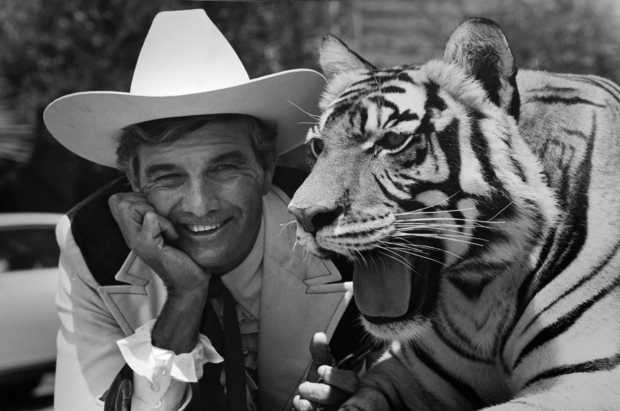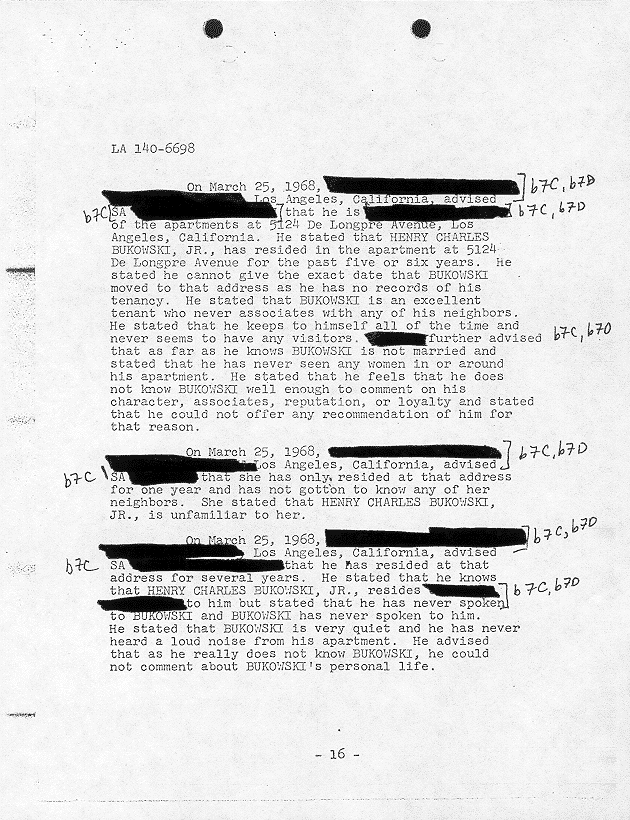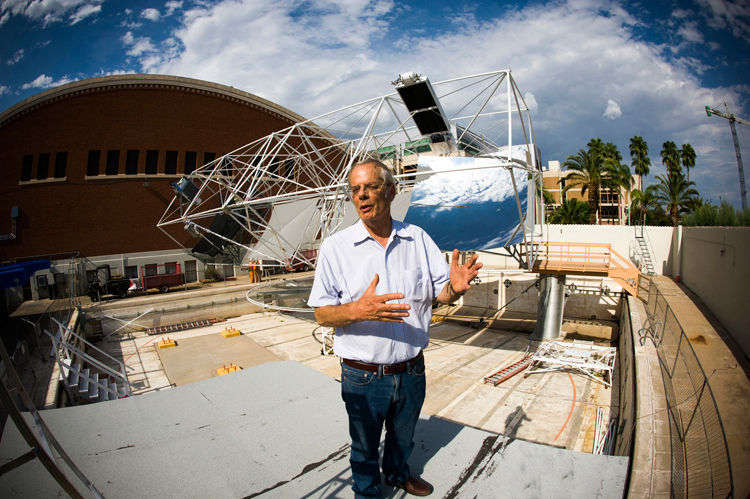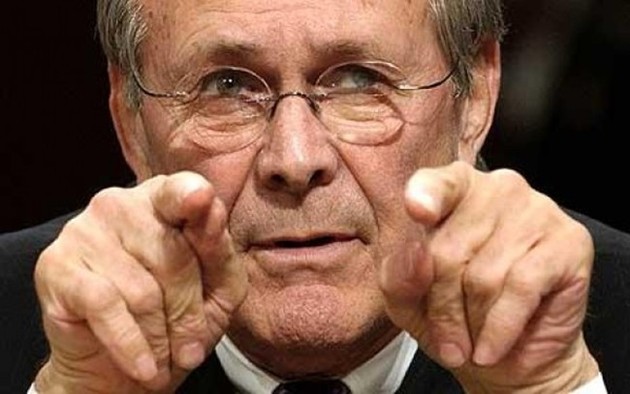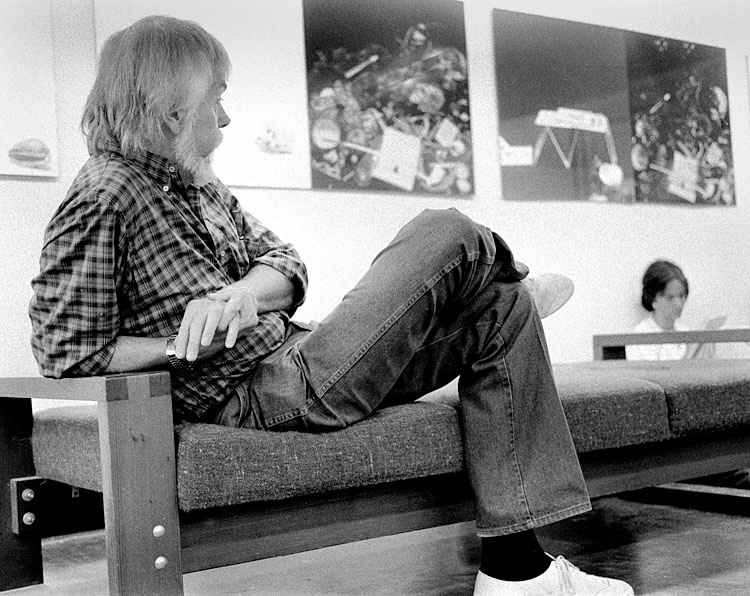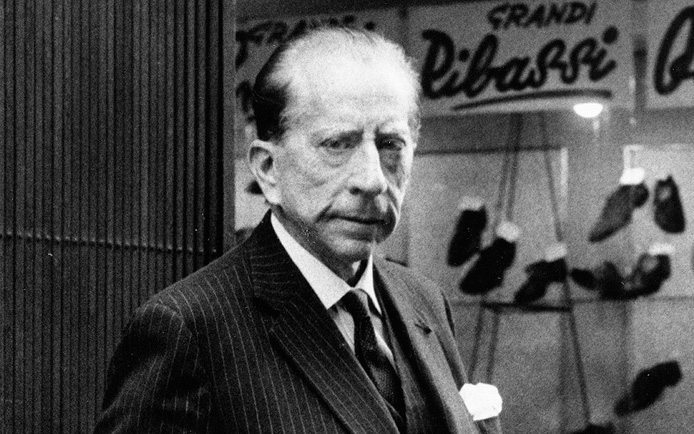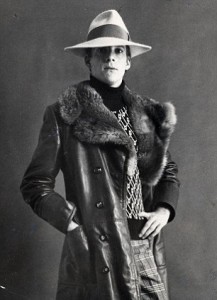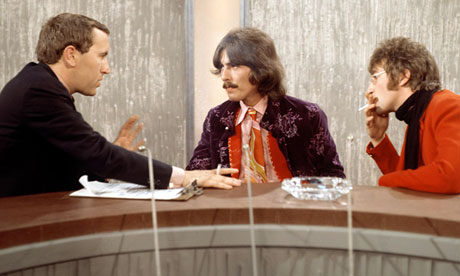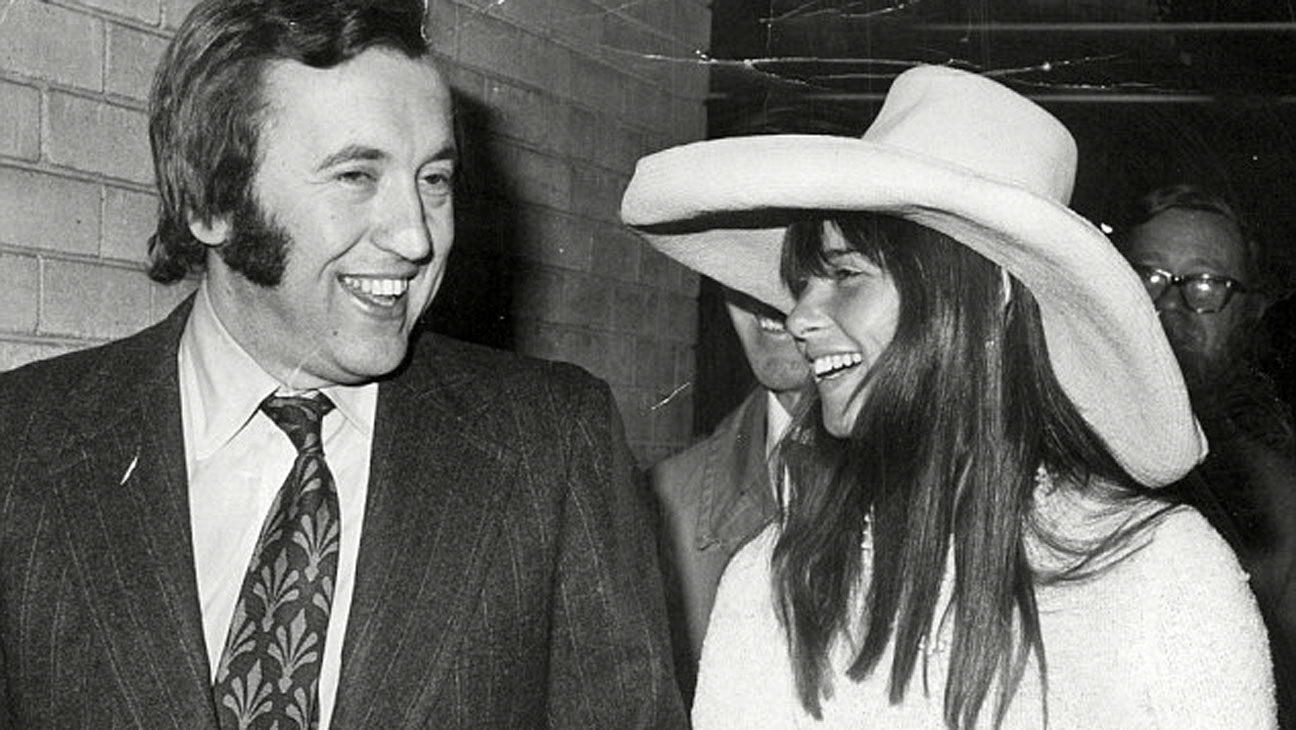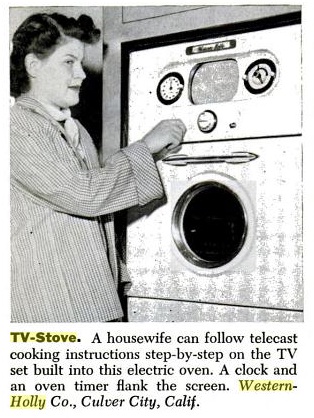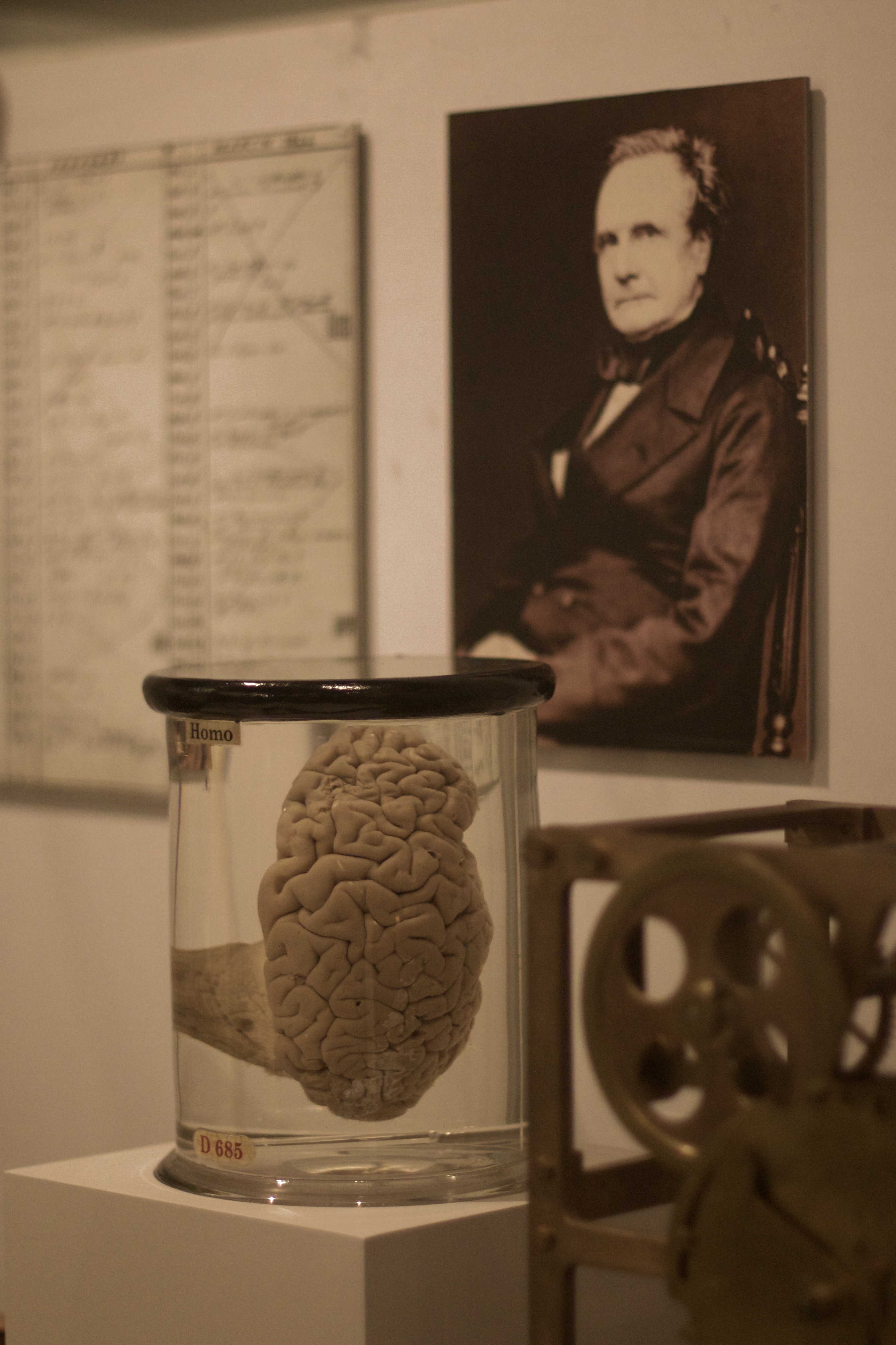Cal Worthington, legendary West Coast car salesman and innovative pitchman, just passed away at 92. The opening of his Los Angeles Times obituary penned by Martin Miller:
“Cal Worthington, the Oklahoma native whose old-time carnival flair built one of the most successful car dealerships west of the Mississippi, has died. He was 92.
Worthington died Sunday while watching football at his home on the Big W Ranch near Orland, Calif., said Brady McLeod of the Miles Law Firm in Sacramento, which represented Worthington.
Described as a cross between Dale Carnegie and Slim Pickens, Worthington was best known for his wacky television pitches that had him wrestling with a tiger, flying upside down on an airplane wing or riding a killer whale. His sales antics with his ‘Dog Spot’ drove a career that took him from a three-car lot on a patch of Texas dirt to a multi-make dealership empire that grossed billions of dollars and stretched from Southern California to Alaska.
In 1950, Worthington bought a car dealership in Huntington Park and in the years that followed began to use his down-home theatrical style to drum up more business.
Worthington’s enduring mark on regional television wasn’t made until 1971, when he began running his famous ‘Dog Spot’ commercials. The ads were inspired by two competitors, Ralph Williams and Fletcher Jones, who both ran television ads featuring dogs. In particular, Jones was shown cuddling puppies and promised he’d give customers a dog from the pound.
‘I decided I’d mimic them,’ Worthington told the Los Angeles Times in 2002. So he borrowed a gorilla, chained it to a car bumper and let the cameras roll. With the ape snarling in the background, Worthington said: ‘Howdy, I’m Cal Worthington and this is my dog Spot. I found this little fella down at the pound, and he’s so full of love.'”
••••••••••
Cal and his “dog”:
Soupy Sales spoofs him as “Cal Nothington”:

